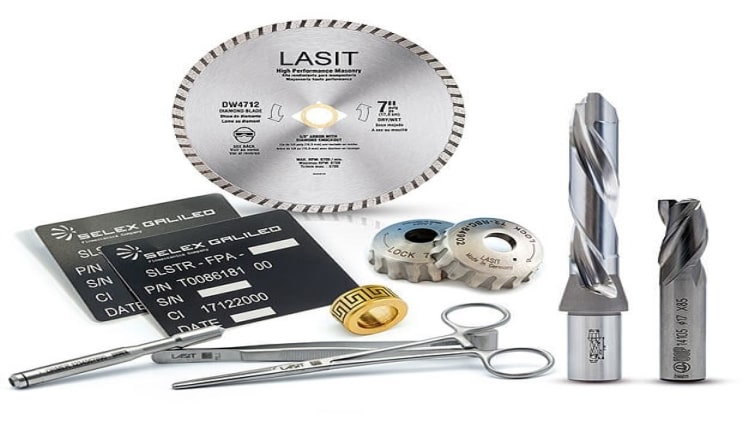The first thing you should know about a Laser Marker Metal is the material it can mark. You need to use a quarter-inch metal, with no unevenness. This will make it easier to get a fine line, but you also need a flat surface to avoid shadows on the finished product. For a more detailed design, you should use a stylus instead of an engraver. Practice on scrap metal until you get the hang of using it on actual metal, if possible.
Secondly, it is necessary to clean the metal surface with soap and water. After washing, you can use sandpaper to smooth out the surface. If you are using sandpaper, you should choose low grit because higher grit will scratch the surface. This will ensure that you don’t damage the material. After the first pass, you can repeat the process if you need to. If you do not have a sandpaper, you can also use water to wet the metal with soap.
In addition to using a solid-state laser, you can use additives to improve the quality of your metal marking. One of these additives is Micabs, which is a thermoplastic polymer that can be used as a marking material. It retains its basic properties, which makes it ideal for identification purposes. These additives can be easily used to improve the quality of your metal markings. You should also make sure that you have the right laser for your needs. For more information about animated series, click to Fubar News that would be the right place for you.
There are different types of laser markers on the market, and each one has its own advantages and disadvantages. For instance, if you need a high-speed mark, you should use an engraving laser, whereas for a resistant one, you should use an etching laser. There are some other options available, and each type is a little different in price. Once you have chosen the type of marker you need, you should also consider the price range and the capabilities.
Before using a laser to mark a metal surface, you should first make sure that the surface is smooth. A rough surface will cause the laser to fail, so be sure to follow the manufacturer’s instructions carefully. If the surface is smooth, the laser will make contact. If it doesn’t, you should consider using a sandpaper with a lower grit. The higher grit is better.
For a laser to work on a metal surface, it must be smooth. A rough surface will make the laser beam not be able to make contact with the metal, so a smooth surface is important. The best type of laser marking tool will be able to make the desired marks on a metal surface. You can choose a product that’s right for you by reading its specs. It will tell you what the manufacturer wants you to know and will help you identify it.
